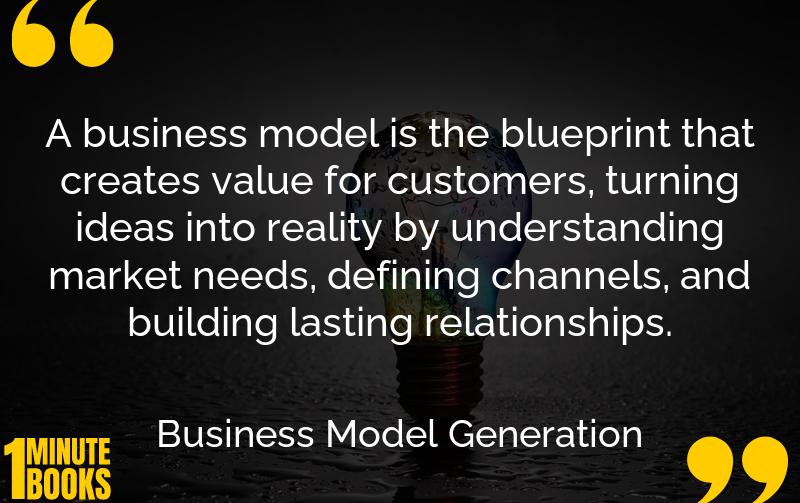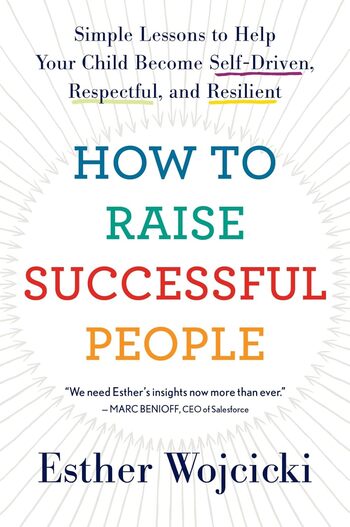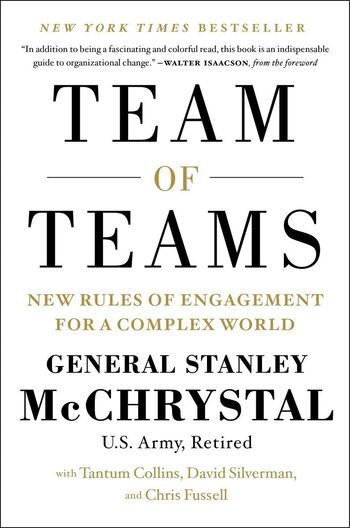
Business Model Generation outlines the essential components of creating a successful business model. It emphasizes understanding customer needs, defining value propositions, and establishing effective channels and partnerships.
Main Lessons
- Customers are the core of any business model, essential for survival and success.
- Identify whether your market is mass or niche to cater appropriately to customer needs.
- Craft a compelling value proposition that highlights your product’s unique benefits over competitors.
- Channels for engaging customers can be direct or through partners, requiring strategic planning.
- Building strong customer relationships ensures ongoing value perception and loyalty.
- Revenue streams can include transaction revenues, recurring payments, or usage fees.
- Accessing necessary resources—physical, human, and intellectual—is vital for business operations.
- Key activities like production and problem-solving are essential for delivering value.
- Strategic partnerships can reduce risks and enhance business growth opportunities.
- Understand your business’s cost structure for either cost-driven or value-driven strategies.
- Empathy with customers unveils latent needs and niches, allowing innovative solutions.
- Scenario writing encourages future-proof business models adaptable to emerging trends.
- Freemium and open-source models offer creative ways to attract and retain customers.
- The long tail model leverages strong platforms to serve wide-ranging and niche markets.








